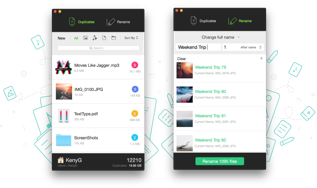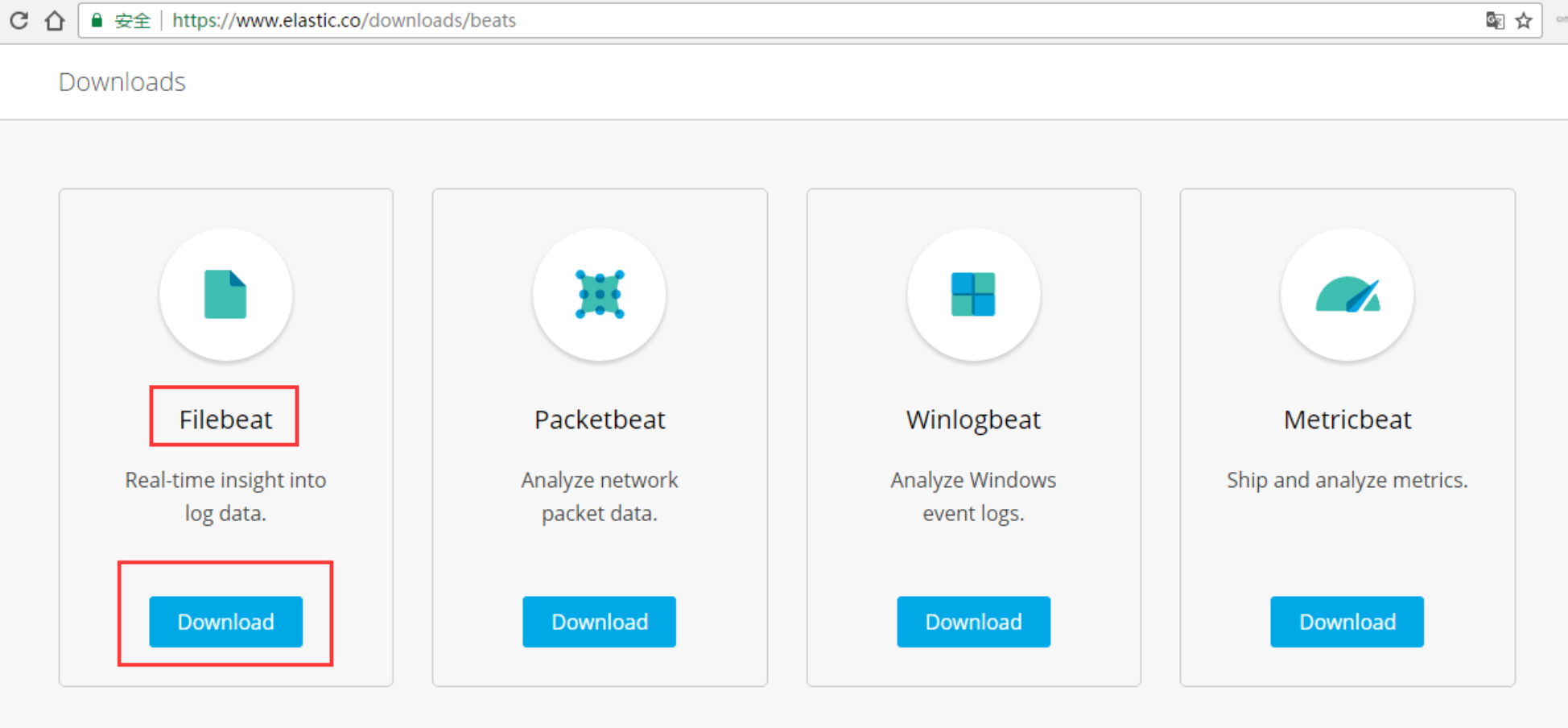


- #INSTALL FILEBEATS IN OPENVPN HOW TO#
- #INSTALL FILEBEATS IN OPENVPN INSTALL#
- #INSTALL FILEBEATS IN OPENVPN PORTABLE#
- #INSTALL FILEBEATS IN OPENVPN TRIAL#
- #INSTALL FILEBEATS IN OPENVPN PROFESSIONAL#
By default, it provides us with a number of instances including:

Once selected, it may take a few minutes for our deployment to be provisioned. The cloud providers and locations to vary depending on availability (this probably applies solely to the trail tier) and I was only given the option of launching a deployment on GCP in the us-central1 region. Elastic Cloud works by provisioning cloud instances in a cloud vendor of your choice (GCP, AWS, and Azure) and a location of your choice and setting up the Elastic Stack for us.
#INSTALL FILEBEATS IN OPENVPN TRIAL#
We can sign up for a 14-day free trial without needing a credit card. Our first step is to sign up to Elastic Cloud.
#INSTALL FILEBEATS IN OPENVPN HOW TO#
In a future post, I plan on covering how to send logs to a local Elastic Stack installation and not depend on Elastic Cloud. If you’re currently using Virtualbox, feel free to skip the KVM-specific section. In this blog post, we’ll take a look at both of these. I don’t currently use Virtualbox and do all my virtualisation on Linux/KVM which means the current instructions don’t work
#INSTALL FILEBEATS IN OPENVPN INSTALL#
Vagrant will also install some run of the mill software such as Microsoft Office and Adobe Reader as well as OpenVPN (you have to provide your own credentials) which helps you protect your IP from being added to blacklists when detonating malware samples. Elastic Agent is the future of the Beats family and aims at replacing all your current Beats (Filebeat, Winlogbeat, Packetbeat, etc.) with a single agent that is centrally managed and which allows you to push out configuration to your endpoint agents without using an orchestration tool such as Ansible, Chef, etc. In addition to scripts to enable enhanced logging in addition to the Elastic Agent, Elastic’s unified agent for logging to Elasticsearch.

For example, if you ever need a Windows-based virtual machine or need to experiment with lower level technologies on Linux such as eBPF, SELinux, AppArmor, etc., then you’ll need a VM and Vagrant is your best option to bootstrapping and building re-usable VMs.Īfter reaching out to Andrew, it turns out that he did release a Vagrantfile (used to define a machine in Vagrant) to help you quickly build a dynamic malware analysis virtual machine that logs to Elasticsearch. For security professionals, knowing both Vagrant and Docker is important as you can’t do everything using just containers.
#INSTALL FILEBEATS IN OPENVPN PROFESSIONAL#
However, I’d highly recommend every security professional learn to use it to help them quickly build VMs for their labs. It was very popular before Docker took the developer community by storm and largely replaced it.
#INSTALL FILEBEATS IN OPENVPN PORTABLE#
Vagrant is a tool for building re-usable virtual machines and was primarily developed to help developers build portable virtual software development environments that they can easily share with other developers to ensure that they are all running identical development stacks. While learning how to install the necessary components is important, it isn’t something you want to do more than once and pointing users on how to automate the process using Vagrant would have been a nice touch. However, I mentioned that I would have liked it if the author had provided readers with virtual machines or Vagrant boxes for some of the lab machines (especially the Windows boxes) instead of manually walking users through the process of installing the various components. I recently reviewed Andrew Pease’s book Threat Hunting with Elastic Stack which is probably the best resource on using Elastic Stack / ELK as a SIEM and for threat hunting. Build a dynamic malware analysis virtual lab with logging to the Elastic Stack / Elastic Cloud


 0 kommentar(er)
0 kommentar(er)
